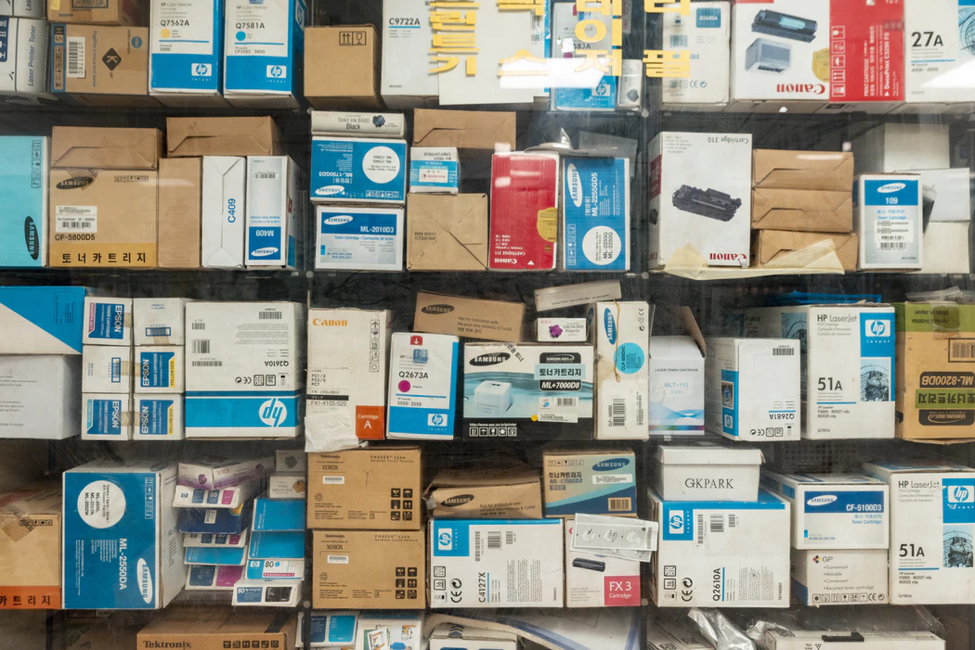This article was written by:
Jake Rheude, Director of Marketing for Red Stag Fulfillment.
When you first hear of drop shipping, it can sound like a dream come true. No inventory and someone else handles fulfilling and shipping the orders? Sounds like a great deal, right? It absolutely can be. But it can also be a bad fit for your business, and you need to be able to recognize when it is.
First, let’s talk about how drop shipping works, and then we’ll get into the scenarios when it might not be right for you.
Drop Shipping 101
Drop shipping means you have no inventory and don’t ship the product. So how does that work?
First, you create some sort of website or platform where you sell your goods. Second, you find a supplier that is willing to ship out orders to customers directly, without charging you for anything more than you sell. Finally, you advertise and build up your niche, charge a profit on top of the wholesale price your distributor is charging you, and just manage customer orders.
This is all very different from a third party logistics fulfillment center, in which a warehouse stores your inventory and ships it out for you when ordered. They won’t handle the manufacturing or branding, only the storage and fulfillment of the orders.
So what are the downsides of drop shipping? Let’s get into it.
Downsides to Drop Shipping

There are actually quite a few downsides to drop shipping. It can absolutely work for some businesses, but in some cases, you have to give up so much to make it work it isn’t worth it anymore.
Lack of Branding
You’ve undoubtedly read a plethora of articles about the importance of creating a great unboxing experience and cohesive brand across all your products. With drop shipping, you won’t be able to do that anymore. Your package will arrive to your customer in whatever packaging your manufacturer decides on, and usually in a plain box or even a box with their name on it. There’s not only no unboxing “experience,” there’s nothing tying the product to your brand at all.
How do you counter that? Make sure you are transparent and communicative with your customer. You may not be able to give them a great unboxing experience, but you can give them a great virtual experience with your company. Send status emails, follow up on their order after it’s delivered to make sure they’re happy, and make sure you have responsive customer service set up. However, if your brand is largely experience focused – like a subscription box for example – drop shipping probably isn’t for you.
Low Margins
As with everything in business, anything you don’t do yourself is going to cost you – and having someone else handle the manufacture, storage of inventory, and fulfillment of products is going to cost you a lot. Drop shipping margins are often around 20%, making it hard for businesses to grow. Even when you’re successful, low profits mean you can’t invest in important things for your business, like upgrading your website or even better marketing.
Aside from all the added costs, the products themselves will be more expensive. Why? You aren’t buying in bulk anymore. When you’re selling the items one at a time – and only paying for what you sell – any bulk pricing advantage you had is now gone. You’re now paying someone else to do the hard work of having all the inventory on hand and store it – which cuts into your margins even more.
To counter the low margins, you’ll need to understand how to operate on a shoestring budget and have a deep understanding of exactly how much shipping is going to cost you. If one customer buys three things, you can only charge them one shipping fee – but you will likely need to pay three different shipping fees. How do you compensate for that? How can you absorb that into your costs, while still competing on price? You may not be able to, which will mean that drop shipping isn’t the right fit for you.
Cost Competition
Despite having low margins, you’ll also be competing primarily on price. There is no extra experience that your customers are paying for – they likely have no strong connection to your brand at all. If you’re drop shipping that product, so can anyone else, so you’ll be competing with other companies doing the same thing, plus other bigger businesses that sell that same product. Whenever you lower your prices to compete, you decrease your already low margins even more.
The flip side of that is if you are already competing primarily on price. If you’re having success in the market by offering products at a low price, you may save even more by switching to drop shipping. Yes, there will be all of the trade-offs of lack of bulk pricing and lower margins, but it may be cheaper for you than buying the inventory and storing it yourself. Only you can answer that.
Full Responsibility
Despite having a larger and more spread-out supply chain, all of the responsibility of getting the product to the customer is still on you. Whether things are delayed, damaged, incorrect, out of stock, or lost – none of which you had a hand in – you’re the one who is going to have to answer to the customer. In essence, you are still the face of the company they ordered from, and all complaints go directly to you.
Aside from having responsive customer service, you’ll want to make sure you’re investing in an inventory management software that always has up to date information on your inventory availability. You can at least avoid misunderstandings with products being suddenly out of stock (and orders cancelled), and communicate when products are low in stock.
Though we did focus more on the cons of drop shipping in this article, it can actually be an amazing solution for some businesses. Companies that compete on price, don’t have a need for a strong brand association, and have expensive inventory storage costs can benefit greatly from drop shipping. However, if that doesn’t sound at all like you and your business, drop shipping is probably not a great fit.
What do you think of drop shipping? Have you thought about incorporating it into your business? Let us know.
Jake Rheude is the Director of Marketing for Red Stag Fulfillment, an eCommerce fulfillment warehouse that was born out of eCommerce. He has years of experience in eCommerce and business development. In his free time, Jake enjoys reading about business and sharing his own experience with others.





